Discover the secrets behind one of Mexico’s most beloved traditional dishes—the spiced Mexican chocolate mole. Renowned for its rich, complex flavors, this authentic Oaxacan recipe combines earthy spices with velvety chocolate to create a sauce that’s as comforting as it is captivating. Whether you’re a seasoned chef or new to the art of mole-making, this guide delves into the ingredients, preparation techniques, and even the health implications of this iconic dish. From understanding the role of spices to exploring the benefits of chocolate, we’ll uncover why mole remains a staple in Mexican cuisine. But beware—while its taste may be heavenly, the effects on your digestive system might surprise you!
Key Takeaways
- Mole’s Nutritional Profile: Mole is high in calories and fat, contributing to cardiovascular concerns, but can be part of a balanced diet when consumed in moderation.
- Health Considerations: While mole isn’t the healthiest due to high saturated fats and sodium, modern recipes often use healthier ingredients.
- Moderation and Balance: Enjoy mole in moderation, paired with vegetables, lean proteins, or whole grains for a more nutritious meal.
- Comparison to Other Sauces: Mole has higher calorie content compared to other sauces but can be managed through portion size and accompanying dishes.
- Most Unhealthy Mexican Foods: Some Mexican dishes like chimichangas, taquitos, and churros are high in calories, fat, and sodium, making them less healthy choices.
- Mole and Digestive Issues: Mole generally doesn’t cause severe digestive problems but can lead to mild discomfort for some individuals.
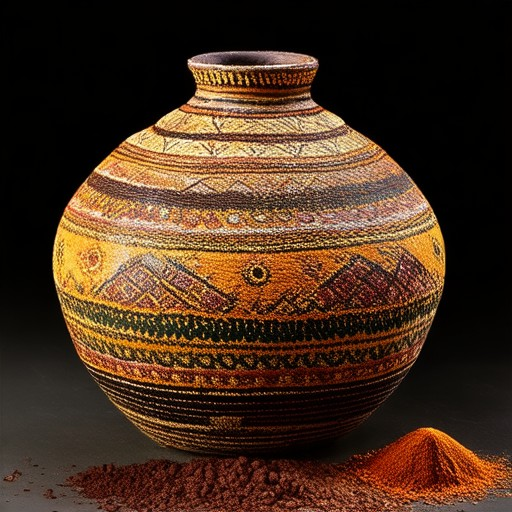
Spices in Mexican Moles
Mexican moles are renowned for their rich and complex flavor profiles, achieved through a carefully balanced blend of spices and ingredients. Here’s a breakdown of the primary spices and components typically found in Mexican moles:
- Black Pepper : Adds a spicy kick and enhances the overall aroma.
- Canela (Cinnamon) : Provides a warm, sweet undertone that complements the dish beautifully.
- Sesame Seeds : Often toasted and ground to add nutty flavor and texture.
- Anise Seeds : Contribute a licorice-like sweetness and earthy notes.
- Clove : Offers a subtle yet distinctive spice that adds depth to the mole.
In addition to these spices, moles may also incorporate a variety of other ingredients such as:
- Tomatoes : For acidity and a vibrant red color.
- Tortillas : Used in some regional variations to thicken the sauce.
- Raisins : Add sweetness and chewiness, often soaked in water or broth before use.
- Garlic : Enhances the aromatic complexity.
- Almonds : Commonly used in their ground form for added richness.
- Pepitas (Pumpkin Seeds) : Provide a crunchy texture and nutty flavor.
It’s important to note that while cacao (chocolate) is sometimes featured, it isn’t a standard component in all moles. The presence of cacao varies depending on the region and the specific recipe.
For more information on crafting authentic Mexican moles, visit our guide at Panito Mole .
What is Mexican Mole Sauce Made Of?
Mexican mole sauce is a rich, complex, and flavorful condiment that adds depth to a variety of dishes. It is typically made from a blend of ingredients that include:
- Chocolate (cacao)
- Tomatoes
- Chili peppers
- Nuts (often almonds or pumpkin seeds)
- Seeds (such as cumin, coriander, or annatto)
- Onions
- Ginger
- Cinnamon
- Garlic
- Lime or orange juice
- Sugar or agave syrup
- Bread or tortillas (used to thicken the sauce)
There are several variations of mole sauce, each with unique ingredients and preparation methods. Here are some of the most common types:
- Mole Rojo: A spicy version made with red chilies, giving it a vibrant red color.
- Mole Negro: A darker, sweeter version that includes black cocoa and is often served with duck or game meats.
- Mole Verde: A lighter green version that typically includes tomatillos and herbs like cilantro.
- Mole Blanco: A white variation that is less spicy and often includes cheese or cream.
- Mole Chiquito: A simpler version that uses fewer ingredients and is quicker to prepare.
Mole sauce is commonly used as a topping or marinade for grilled meats, poultry, and fish. It is particularly popular in dishes like enchiladas , mole-topped dishes , and traditional Mexican platters .
For the best results, it’s recommended to pair mole sauce with dishes that can handle its rich and bold flavors. Whether you’re preparing a festive meal or a weeknight dinner, mole sauce adds a luxurious touch to any dish.
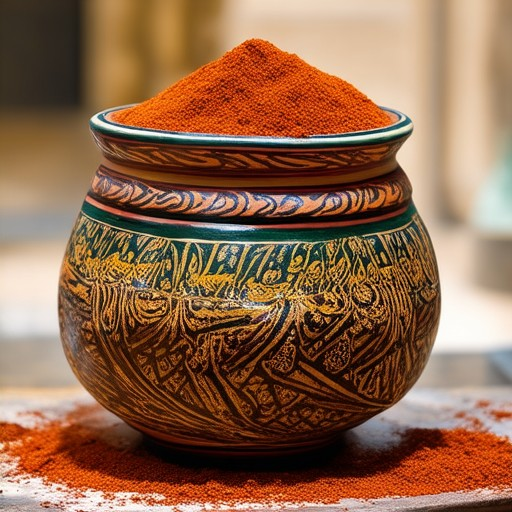
Does Mexican mole have chocolate?
Yes, Mexican mole can sometimes include chocolate as an ingredient, though it is not a common addition in traditional recipes. The presence of chocolate varies depending on the region and the specific dish being prepared. Here’s a breakdown:
Traditional Mole Ingredients
Most traditional mole recipes consist of a base of tomatoes, onions, garlic, and a variety of spices and herbs. Some versions may include nuts or seeds for thickness and flavor, but chocolate is not a standard component.
Chocolate in Mole
While chocolate is not typically found in conventional mole dishes, there are regional variations where it may be incorporated. These recipes are often more experimental or modern interpretations of the classic mole.
How Chocolate Is Prepared
If chocolate is used, it is usually melted and incorporated towards the end of the cooking process to prevent it from overpowering the dish. The chocolate adds a subtle sweetness and depth to the sauce.
Panito Mole’s Expert Tip
For those looking to try a unique twist, Panito Mole recommends experimenting with chocolate in your mole recipe. Pair it with rich, hearty dishes like chicken mole or pork mole for a memorable dining experience.
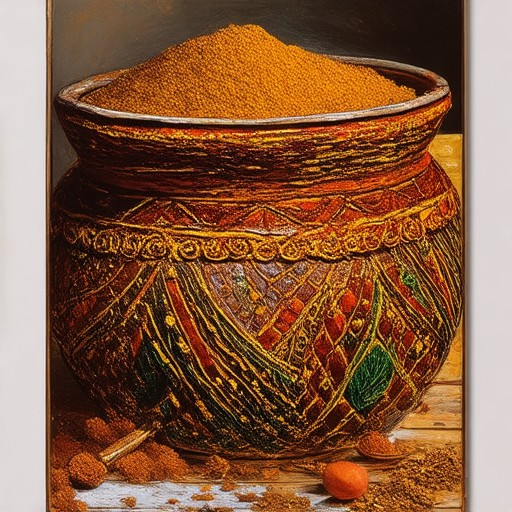
Is Mexican Mole Unhealthy?
Mole, a beloved Mexican dish featuring a rich, complex sauce made from ingredients like chocolate, nuts, seeds, and spices, has been a staple in Mexican cuisine for centuries. While it may seem indulgent, the question arises: Is mole actually unhealthy?
To address this, let’s delve into the nutritional aspects of mole and its impact on overall health.
Nutritional Profile of Mole
Mole dishes, particularly those like Mole Poblano, are typically high in calories and fat due to the combination of ingredients like chocolate, lard, and various spices. A standard serving of mole can contain significant amounts of saturated fats, which contribute to cardiovascular health concerns. Additionally, the sauce often includes added sugars and salt, potentially leading to higher sodium intake.
Comparison to Other Sauces
When compared to other common sauces like Alfredo or BBQ, mole stands out for its unique ingredients and higher calorie content. However, context matters—mole is often served in smaller portions or accompanied by lighter dishes, which can mitigate its less healthy attributes.
Moderation and Balance
While mole may not be the healthiest option, its enjoyment can be balanced by mindful consumption. Pairing mole with vegetables, lean proteins, or whole grains can enhance the meal’s nutritional profile. Additionally, many modern interpretations of mole incorporate healthier ingredients, reducing the fat and sugar content.
Final Thoughts
Ultimately, the healthiness of mole depends on how it’s prepared and consumed. In moderation, mole can be a delicious and rewarding part of a diverse diet. For those concerned about health impacts, seeking out lighter variations or enjoying mole as part of a balanced meal can be a sensible approach.
For more information on crafting authentic mole recipes, explore our recipe section .
What is the Most Unhealthy Mexican Food?
Mexican cuisine is celebrated worldwide for its rich flavors and variety, but some dishes can be quite unhealthy due to high calorie, fat, and sodium content. While many traditional meals are nutritious and balanced, certain dishes stand out for their less-than-healthy attributes. Here’s a look at some of the most unhealthy Mexican foods and why they’re not recommended for frequent consumption.
High-Calorie and Greasy Dishes
- Chimichangas
These deep-fried burritos are a favorite for their crispy texture, but they come with a hefty price in terms of calories and fat. A single chimichanga can pack over 1,500 calories and nearly 100 grams of fat. Add toppings like guacamole and sour cream, and you’re looking at a significant portion of your daily caloric intake in one meal. - Taquitos
These fried corn tortillas rolled around meat are another high-calorie option. Depending on the filling and toppings, a few taquitos can easily exceed 600 calories. They’re often served with creamy dips like mayonesa and cheese, which can increase the overall fat and sodium content. - Queso Fundido con Salsa y Tortillas
Queso fundido, or melted cheese dip, is a popular appetizer. While it’s delicious, the combination of cheese, salsa, and tortilla chips can lead to a high-calorie and high-fat meal. A small serving can quickly add hundreds of calories and significant amounts of saturated fats. - Churros con Leche
Churros are fried dough pastries often served with hot chocolate or milk. While they’re a treat, they’re high in calories and carbohydrates. A single churro can have around 150 calories, and with additions like sugar and cinnamon, they become even sweeter—and less healthy.
Why These Dishes Are Unhealthy
- High Caloric Content : Many of these dishes are fried or loaded with cheese, creams, and other high-calorie ingredients.
- Excessive Fat Intake : Fried foods contribute to high levels of saturated and trans fats, which can increase cholesterol and heart disease risk.
- Sodium Overload : The heavy use of salts and sauces in these dishes can lead to high blood pressure and other cardiovascular issues.
- Low Nutritional Value : Despite their caloric density, these dishes often lack essential nutrients like vegetables and whole grains.
Tips for Healthier Alternatives
If you’re craving authentic Mexican flavors but want to keep it healthy, consider these tips:
- Opt for baked or grilled options instead of fried ones.
- Choose smaller portions or share dishes to reduce calorie intake.
- Use fresh vegetables and low-fat cheeses to cut down on unnecessary fats.
- Pair your meal with a side of beans or rice for added fiber and protein without the extra calories.
By making mindful choices, you can enjoy the rich flavors of Mexican cuisine while maintaining a balanced diet.
For more information on traditional Mexican recipes and healthy eating tips, visit our recipe guide or explore our culinary insights .
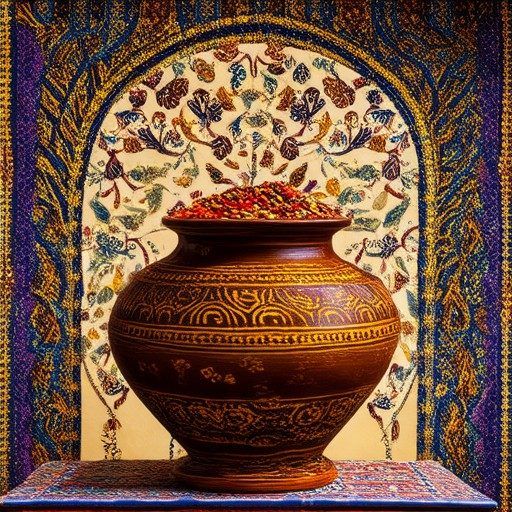
Does Mole Give You Diarrhea?
Mole, a traditional Mexican sauce made from ingredients like chocolate, tomatoes, onions, and various spices, is a rich and flavorful addition to many dishes. While it is unlikely to cause severe health issues, some individuals may experience mild digestive discomfort due to its high spice content or the presence of certain ingredients that can act as mild irritants to the digestive system.
However, true diarrhea caused solely by consuming mole is rare. The primary symptoms associated with mole consumption are typically mild, such as nausea, vomiting, or stomach discomfort, rather than chronic or severe gastrointestinal issues. Individual reactions can vary widely depending on factors like spice tolerance, overall diet, and personal health conditions.
If you’re concerned about the potential effects of mole on your digestive system, it’s always a good idea to enjoy it in moderation and monitor your body’s reaction. As with any new or intense flavor, listening to your body’s signals is key to avoiding unnecessary discomfort.
For more information about mole and its culinary uses, visit our Panito Mole page to explore authentic recipes and cooking techniques.
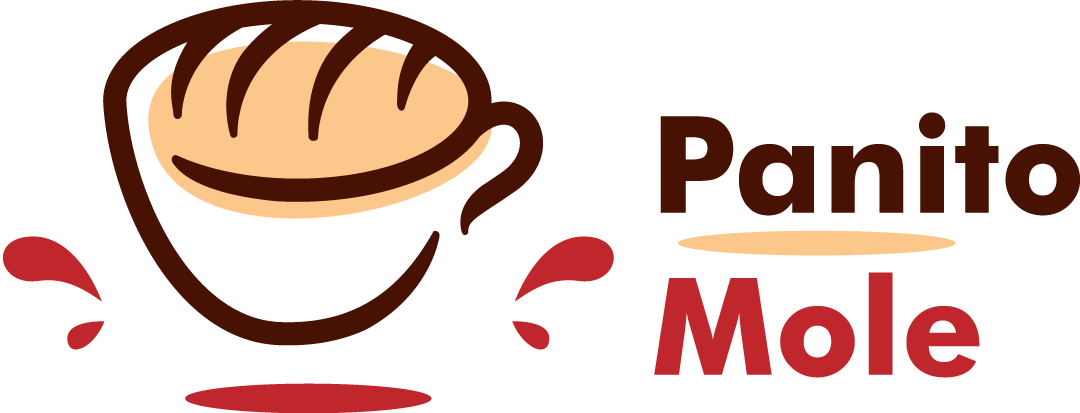
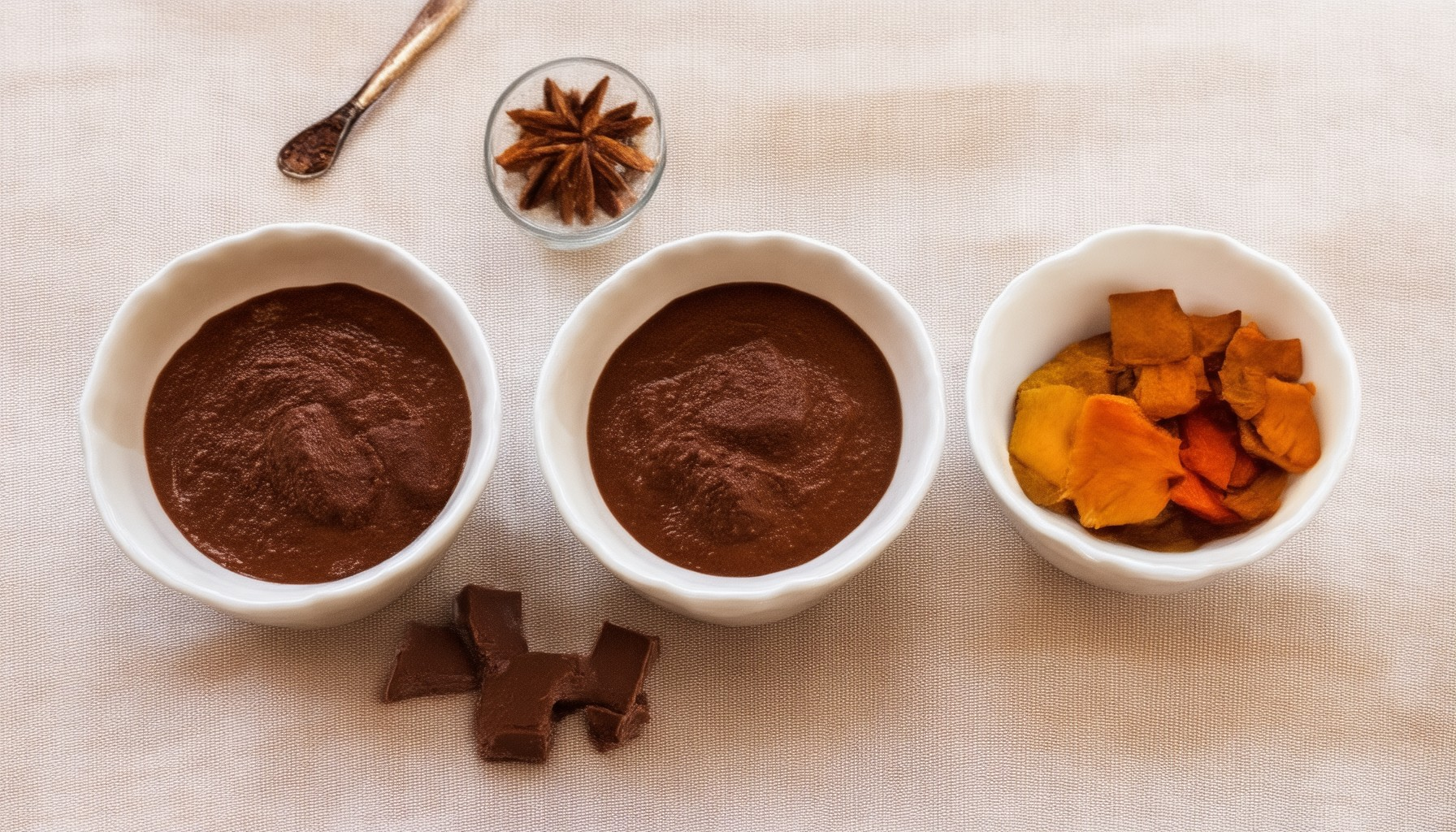
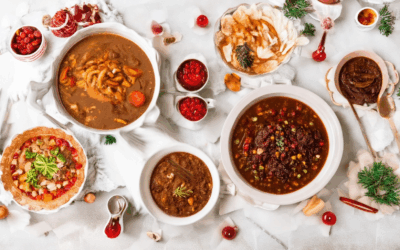
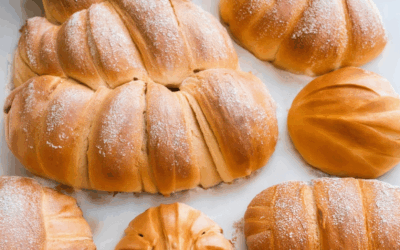

0 Comments